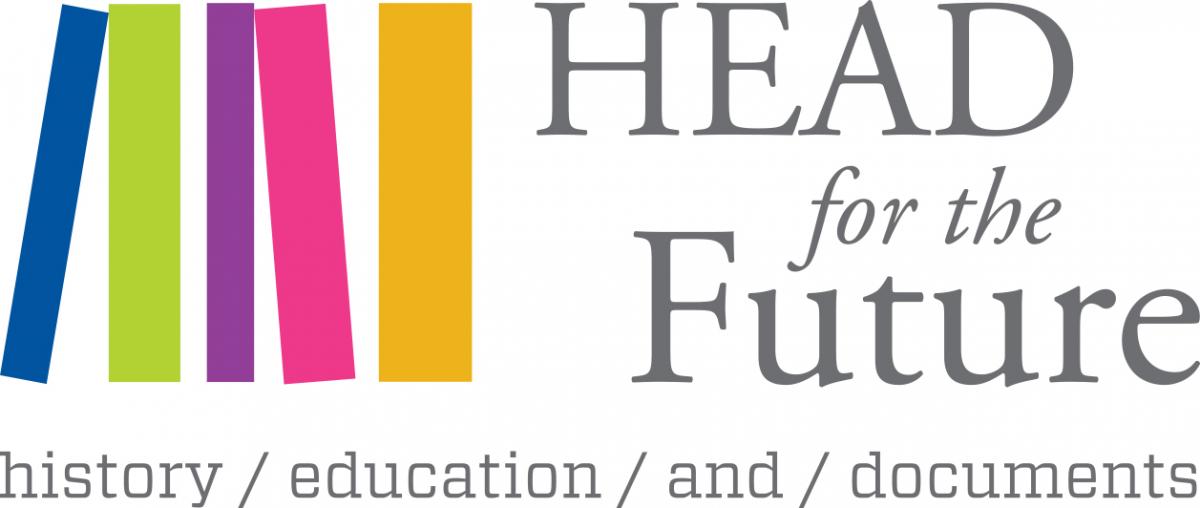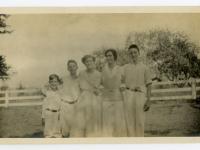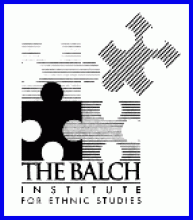This lesson examines the letters of the Gibbon children, Marjorie age 15, John Jr. “Jack” age 14, Samuel “Sammy” age 12, and Robert “Bobs” age 9. The children write to their father with news of their daily lives in Philadelphia, or on their farm in Media, PA. Included in their letters are accounts of mobilization efforts, such as raising money for the Red Cross, buying Liberty Bonds, assisting with the local Y.M.C.A, and conserving food, among other things.
The Gibbon Children During World War I
The Gibbon Children During World War I
Essential Questions
What does it mean to be a United States citizen, and what is your role in the history of the world?
Objectives
Students will be able to:
- Read letters written by children growing up during WWI and analyze the effect of the mobilization tactics on the general population.
- Describe how the Gibbon’s experience on the homefront during WWI tied into nationwide mobilization efforts.
Primary Sources
Suggested Instructional Procedures
- To complete this lesson, you will need the transcriptions and images of the children's letters.
- Review previous lesson on WWI propaganda. As a class, discuss the ways in which communities could be asked to pitch in during times of war.
- As a class, read the letters written by the Gibbon children, and have students highlight each time they mention the war or participating in an event to help the war effort. For each letter, identify what mobilization effort the author is writing about, such as liberty bonds, conserving food, etc. Then, discuss what the author’s attitude toward the war or the particular activity.
- Split the class up into groups to research the YMCA, the Red Cross, Liberty Bonds, the War Garden effort, and the Boy Scouts, using the links above or outside sources. Have each group give a brief 2-minute report on what each group did during WWI, and connect it back to a specific letter.
- As a class, discuss these wrap-up questions:
- In what ways were Americans at home aid the war effort?
- In what ways did the Gibbons aid the war effort?
- How did various organizations organize people to help in the war effort?
- In what ways did social pressures compel people join the war effort?
- What emotions did the Gibbon children have when talking about the war?
- What role did children play in the war effort and why was it important to have youth involved?
- Do you think children today would be involved in similar efforts if war were to break out?
Vocabulary
Semaphore: A system used for sending signals by using two flags that are held in your hands.
First Hundred Thousand: A campaign for young boys to earn and then donate $10 to the YMCA. The first hundred thousand to do so would be rewarded with a certificate of achievement.
(Government) Bond: With the purchase of these bonds, a citizen essentially loans their money to the government, which the government uses in a time of war or economic hardship, and later repays.

Unit Plan:
Plans in this Unit
Duration
60 minutes
Standards/Eligible Content
8.1.9-12 B
8.1.9-12 C
8.2.9-12 A

About the Author
Claire Lippay
Education Intern at HSP
Attention Teachers!
Let us know how you used this plan and be featured on our site! Submit your story here.


